Jenny Williams, a senior spatial analyst at the Royal Botanic Gardens, Kew, London, is leveraging Drone Technology to combat deforestation in Madagascar. This innovative approach aims to protect the island’s unique biodiversity while addressing economic challenges, according to a report by New Scientist.
Mapping Deforestation with Aerial Precision
Williams has been deploying small unmanned aerial vehicles (UAVs) to conduct aerial surveys over Madagascar’s forests. These drones serve a crucial role in:
- Mapping protected areas
- Identifying areas of illegal clearing
- Creating 3D models of the forest landscape
The video interview with Williams provides a deeper understanding of how these UAVs are customized to the unique challenges of Madagascar’s terrain. The drones are equipped with high-resolution cameras and LiDAR technology, enabling them to capture detailed images and data even in dense forest cover.
“The resulting data and 3D models can help estimate the carbon stored by the forest,” Williams explains, highlighting the environmental significance of this work.
These tools are not only vital for monitoring deforestation but also for helping reforestation efforts by identifying the best areas to plant new trees.

Real-Time Alerts for Rapid Response
Perhaps the most impactful outcome of this drone-based monitoring system is its ability to provide real-time alerts to authorities when illegal forest activities are detected. This swift notification system enables:
- Immediate on-the-ground responses to tree removal
- More effective enforcement of forest protection laws
- Better management of woodland resources
Williams emphasizes that the real-time data allows for “almost instant” intervention, which is crucial in a region where deforestation can happen rapidly and often goes unnoticed until it’s too late.

The drones are linked to a centralized system that immediately alerts local enforcement teams via mobile networks, ensuring that actions can be taken before significant damage occurs.

Balancing Conservation and Economic Needs
Madagascar faces a complex challenge: preserving its unparalleled biodiversity while addressing the economic needs of its population. The island nation is:
- Home to many unique plant and animal species
- One of the world’s lowest-income Countries
- Experiencing increased deforestation due to resource demands, particularly charcoal

Williams’ drone project aims to strike a balance by helping “scientists, government agencies, and local communities manage woodland in a way that will protect Madagascar’s natural resources.”

The video also highlights that the project works closely with local communities, educating them on sustainable practices and involving them in reforestation efforts. This approach not only protects the environment but also provides alternative livelihoods, reducing the economic pressures that drive deforestation.

DroneXL’s Take
The application of drone technology in Madagascar’s conservation efforts exemplifies the growing importance of UAVs in environmental monitoring and protection. This aligns with recent trends we’ve observed in drones for good applications, where unmanned aircraft are increasingly used to tackle global challenges.
For instance, we recently reported on drones being used to monitor Wildlife populations and track illegal poaching activities in various parts of Africa. The Madagascar project takes this a step further by creating a real-time alert system, showcasing how drone technology continues to evolve and find new, impactful applications in conservation efforts worldwide.
The video interview with Williams underscores the potential for expanding this drone-based approach to other regions facing similar challenges. As technology improves and becomes more accessible, we can expect to see drones playing an even more significant role in global conservation efforts.
Photos courtesy of Royal Botanic Gardens, Kew, London and New Scientist.
Discover more from DroneXL
Subscribe to get the latest posts sent to your email.

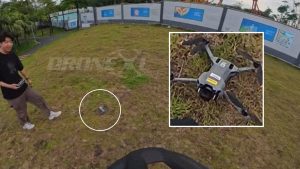
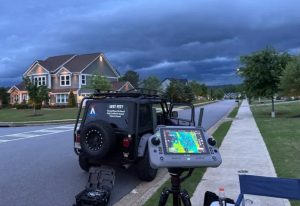
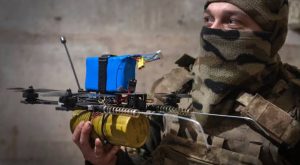
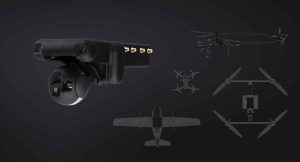
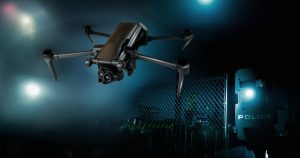
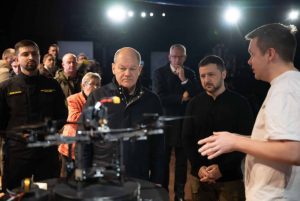

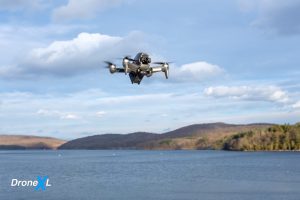
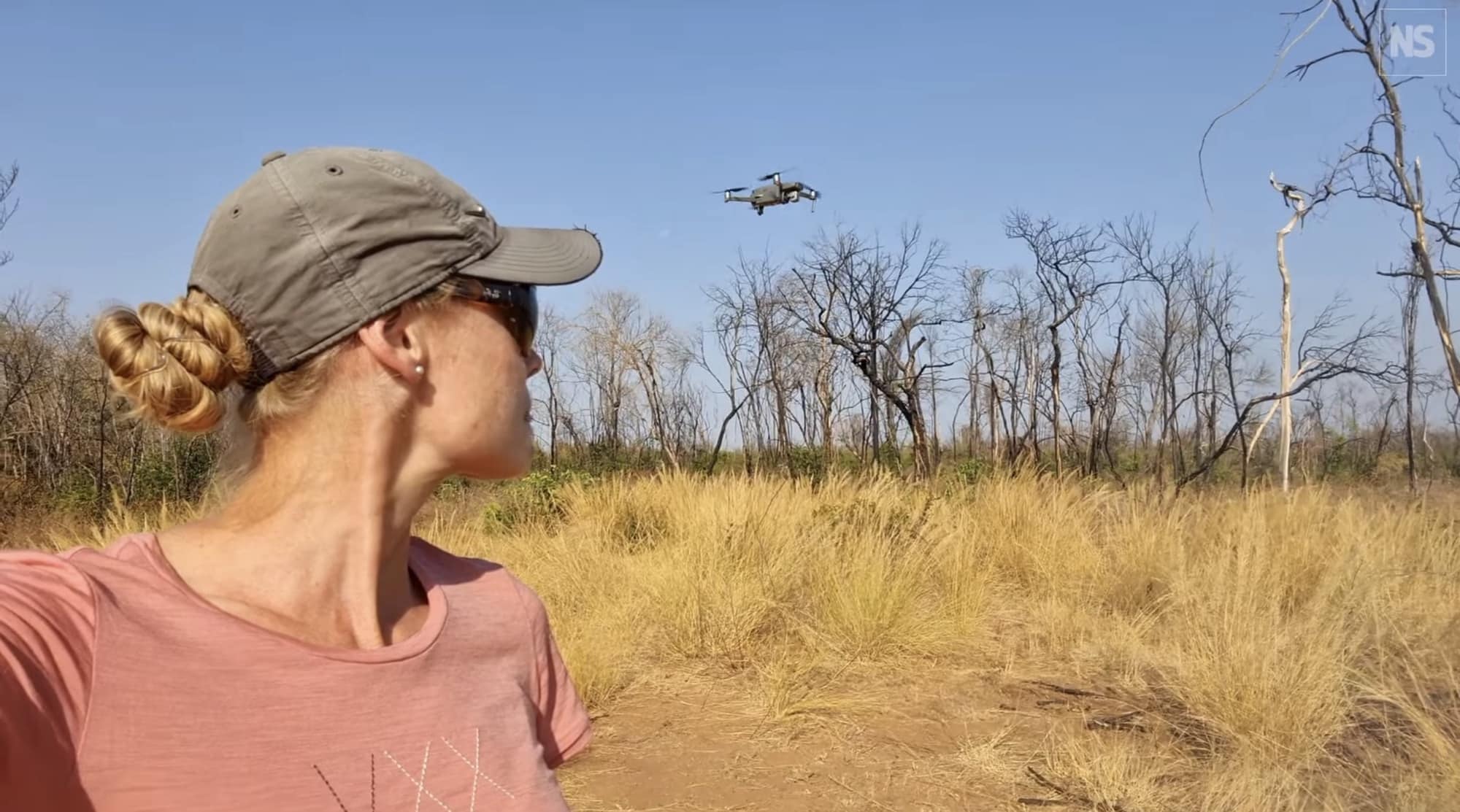

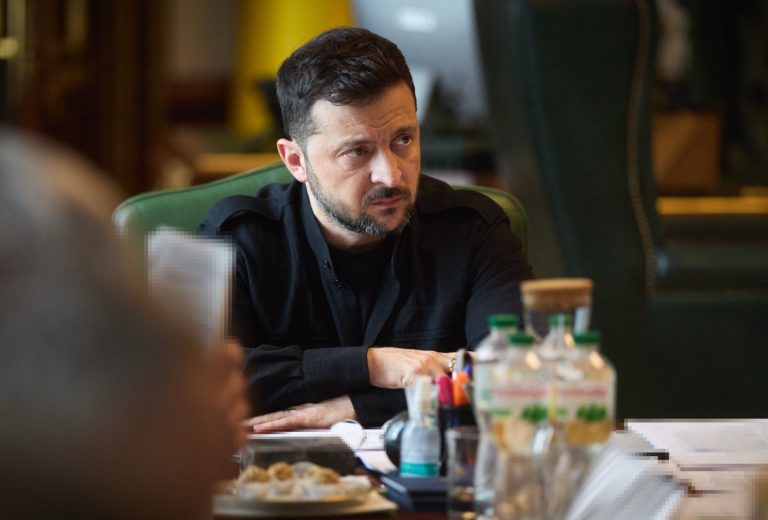
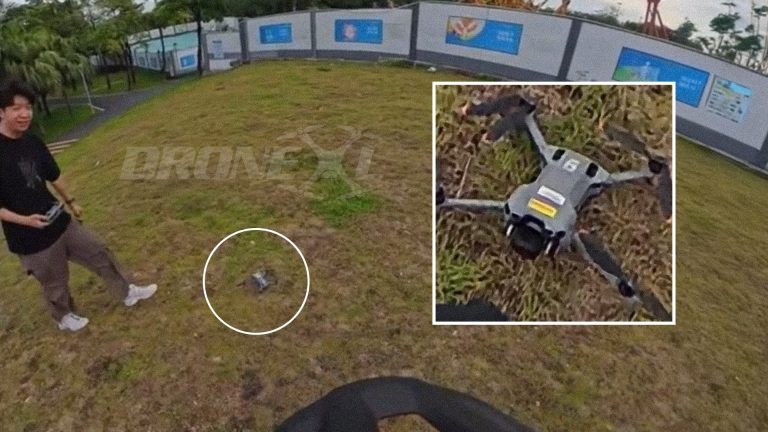

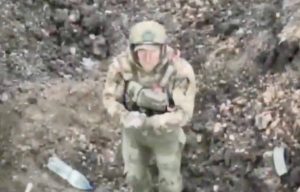
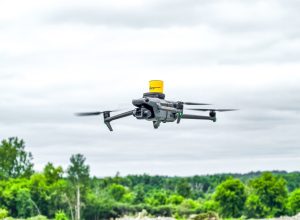
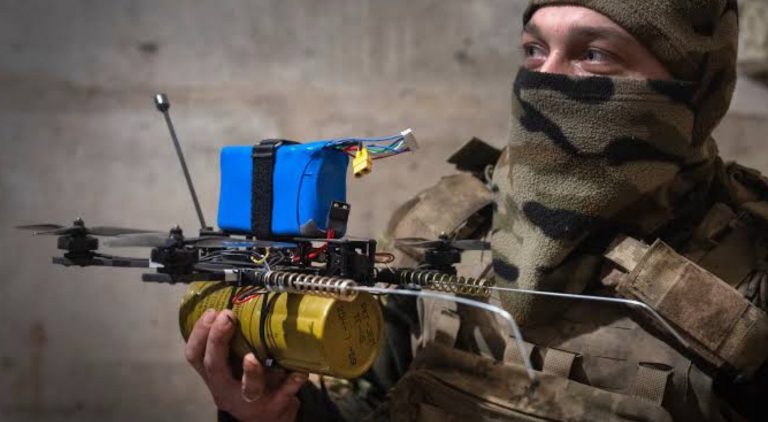
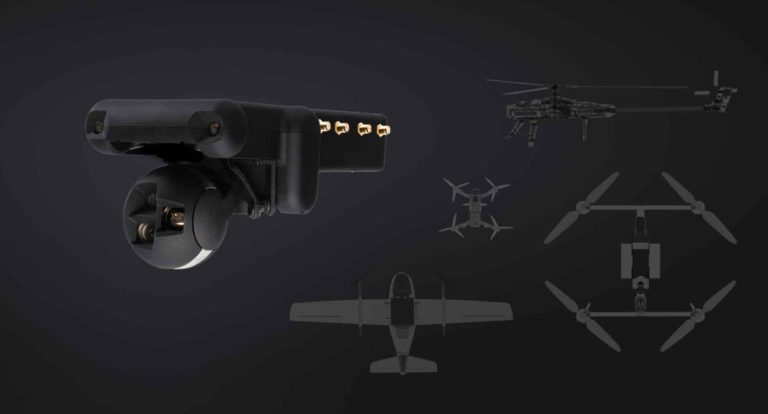
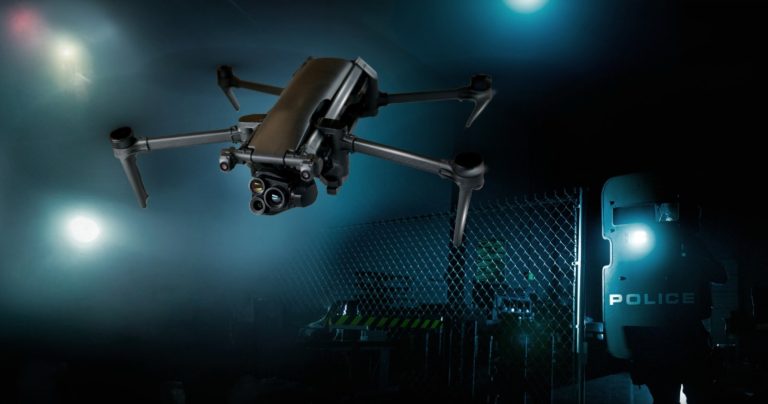
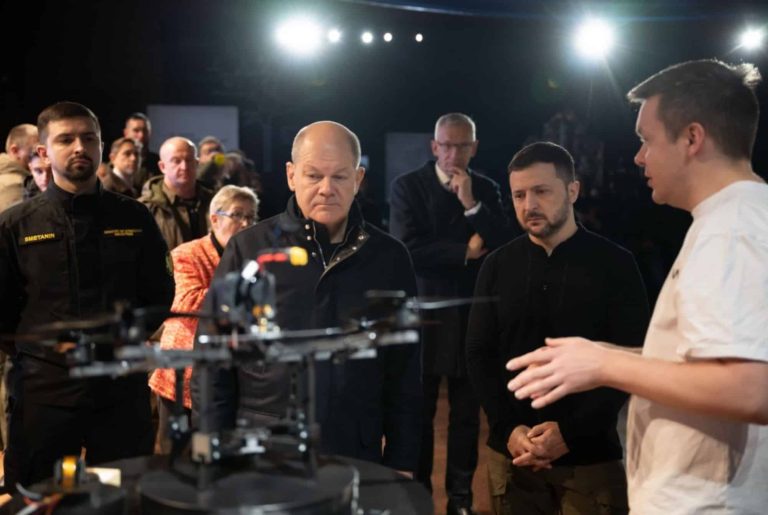

+ There are no comments
Add yours